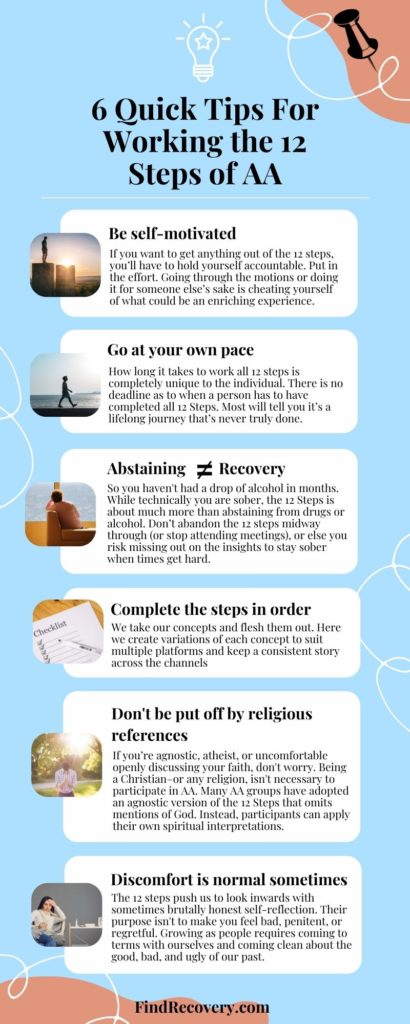Alcohol is one of the most consumed beverages on the planet and is one of the leading contributors to global diseases. It’s unsurprising then that alcohol is also one of the most common types of addiction (second only to nicotine). The sheer number of how many people suffer from an alcohol-related illness or alcohol addiction is staggering. The average number of how many people die from alcohol each year is even more upsetting. Even those who survive alcohol abuse face a litany of serious health consequences, which can be both debilitating as well as fatal so alcohol can also indirectly contribute to a lowered lifespan. Keep reading for the shocking extent of alcohol-related deaths.
How Many People Drink Alcohol?
According to the most recent World Health Organization Global status report in 2018, the W.H.O. stated that there were approximately 2.3 billion people drinking alcohol worldwide. The number today is likely much higher as a study found the rates of drinking have increased considerably in recent years.
COVID-19
One of the reasons attributed to the increase in alcohol consumption was the pandemic caused by the novel COVID-19 virus. The consequential lockdown saw average household alcohol consumption spike drastically in 2020. In America alone, within the first three weeks of March 2020 (when quarantines began) online liquor sales increased 262% compared to the same time last year. In-store liquor purchases also increased 54% during the same time frame. In April 2020, alcohol sales as a whole were up 234% compared to the previous year. In terms of actual drinking habits, 60% of one study’s participants admitted to drinking more as of March 1, 2020, with the two main reasons being increased alcohol availability and boredom.
Economic Growth
Another reason for a global increase in alcohol consumption is a shift in the drinking habits of residents of China, Vietnam, and India due to economic growth. The study that discovered this trend amongst middle-income countries found that it wasn’t an increase in the number of drinkers, but that existing drinkers were consuming more alcohol.
Historically, high-income countries have always held the gauntlet for consuming the most alcohol. Europeans, in particular, have consistently held the top spot, consuming the most alcohol per capita and also drinking the most days out of the year. Drinking isn’t synonymous with getting drunk, however. In this, Australia takes the number one spot, followed by Denmark, Finland, and the United States coming in at number four.
How Many People Die From Alcohol-Related Deaths?
That same W.H.O. report estimates that the number of alcohol deaths per year worldwide is about 3 million a year, 1 out of every 20 people. These account for 5% of all global deaths and are not attributed to alcohol in general but whose precise causes could be from more than 200 different circumstances including disease, disability, and injury.
The majority of alcohol-related deaths (28%) were related to unintentional injury; motor vehicle accidents, violence, or self-harm. The next highest cause at 21% is digestive orders, followed by cardiovascular issues at 19% diseases. The full breakdown of all 200 alcohol-related injuries are as follows:
Infectious Diseases
A lot of the body’s ability to fight off diseases comes from the gut. Excessive alcohol consumption severely interferes with the digestive system which in turn, ends up negatively impacting immune response. This coupled with alcohol’s ability to affect cognition and impulse control, drinkers face a higher risk of engaging in risky behavior that might expose them to a harmful pathogen and then have a reduced ability to fight the illness. For this reason, alcohol has a direct correlation with an increased risk of HIV/AIDS and viral hepatitis transmission as well as death by tuberculosis and lower respiratory infection.
Non-Infectious Diseases
Noncommunicable diseases are the ones that affect organs and are caused by internal dysfunction rather than a foreign pathogen. These include many of the health conditions that alcohol is infamous for such as cardiovascular diseases and liver disease, but can also contribute to the development of certain cancers. The specific conditions can include:
- Heart: hypertension, coronary heart disease, stroke, peripheral arterial disease, and cardiomyopathy
- Liver: alcoholic hepatitis, steatosis, steatohepatitis, fibrosis and cirrhosis
- Cancers: oropharynx, larynx, esophagus, liver, colon, rectum, and breast cancer (for females)
Injury & Poisoning
The broadest classification of alcohol-related deaths, injury, and poisoning includes both intentional and unintentional acts.
- Injury: Falls, burns, drowning, road traffic injuries (non-driving)
- Traffic injuries: Drunk driving
- Aggression and violence: Physical altercations, sexual assault
- Homicides
- Poisoning: Alcohol poisoning
If you struggle with alcoholism, time is of the essence for taking action and doing something about it. One of the easiest ways to get started with zero pressure is to find an Alcoholics Anonymous meeting. There you can connect with others who have been in your position and can help you begin your recovery journey.
Sources:
https://apps.who.int/iris/bitstream/handle/10665/274603/9789241565639-eng.pdf?ua=1
https://www.who.int/news-room/fact-sheets/detail/alcohol

![Is Molly [Ecstasy] Addictive?](https://findrecovery.com/wp-content/uploads/2022/02/is-molly-addictive.jpg)
![What Does it Mean to be Restored to Sanity? [Step 2 of AA]](https://findrecovery.com/wp-content/uploads/2022/02/restored-to-sanity.jpg)





![Quick Tips For Working the 12 Steps of AA [LIST]](https://findrecovery.com/wp-content/uploads/2022/01/12-step-program-list.jpg)

